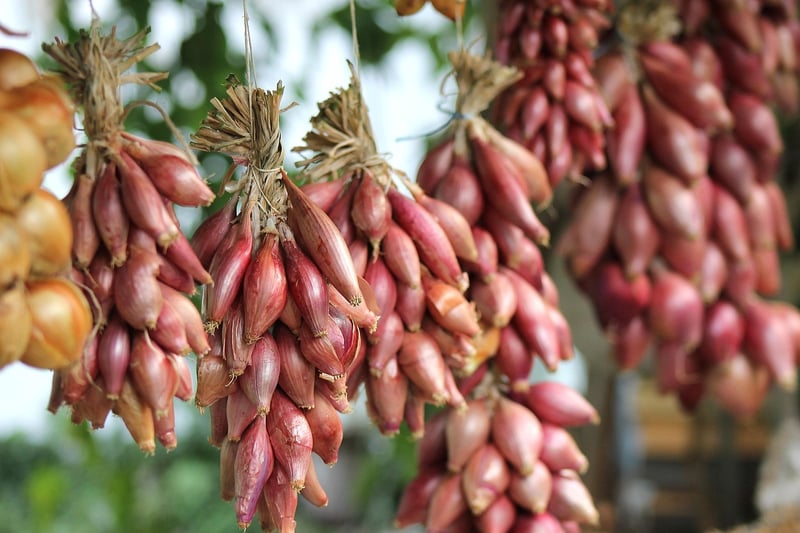Pruning Techniques
Maintaining Healthy Plants: Essential Pruning Techniques

Keeping your plants healthy and thriving involves more than just watering and fertilizing. Pruning is a crucial aspect of plant care that helps promote growth, shape plants, improve air circulation, and prevent diseases. By mastering essential pruning techniques, you can ensure your plants look their best and stay vigorous all year round.
1. Tools for Pruning
Before you start pruning, make sure you have the right tools for the job. Essential tools include pruning shears, loppers for thicker branches, pruning saws for larger limbs, and hedge shears for shaping hedges and shrubs.
2. Timing of Pruning
The timing of pruning can vary depending on the type of plant. Generally, it's best to prune flowering shrubs right after they bloom, while winter is an ideal time to prune many deciduous trees. Avoid pruning during extreme heat or cold to prevent stress on the plants.
3. Techniques for Pruning
- Thinning: This involves removing select branches to improve air circulation and reduce overcrowding.
- Heading: Heading cuts involve trimming the tips of branches to encourage bushier growth.
- Deadheading: Removing dead or faded flowers promotes new growth and prolongs flowering.
- Renewal: Renewal pruning involves cutting back older branches to rejuvenate the plant.
4. Pruning Tips
- Always use sharp, clean tools to make precise cuts and prevent damage to the plant.
- Trim branches at a 45-degree angle to promote faster healing and minimize the risk of disease.
- Remove any diseased or damaged branches to prevent the spread of infections.
- Step back periodically to assess the plant's shape and make adjustments as needed.
By following these pruning techniques and tips, you can help your plants thrive and flourish. Remember that each plant species may have specific pruning requirements, so it's essential to research the best practices for your particular plants. With proper pruning, your garden will be a healthy and vibrant oasis for years to come.

